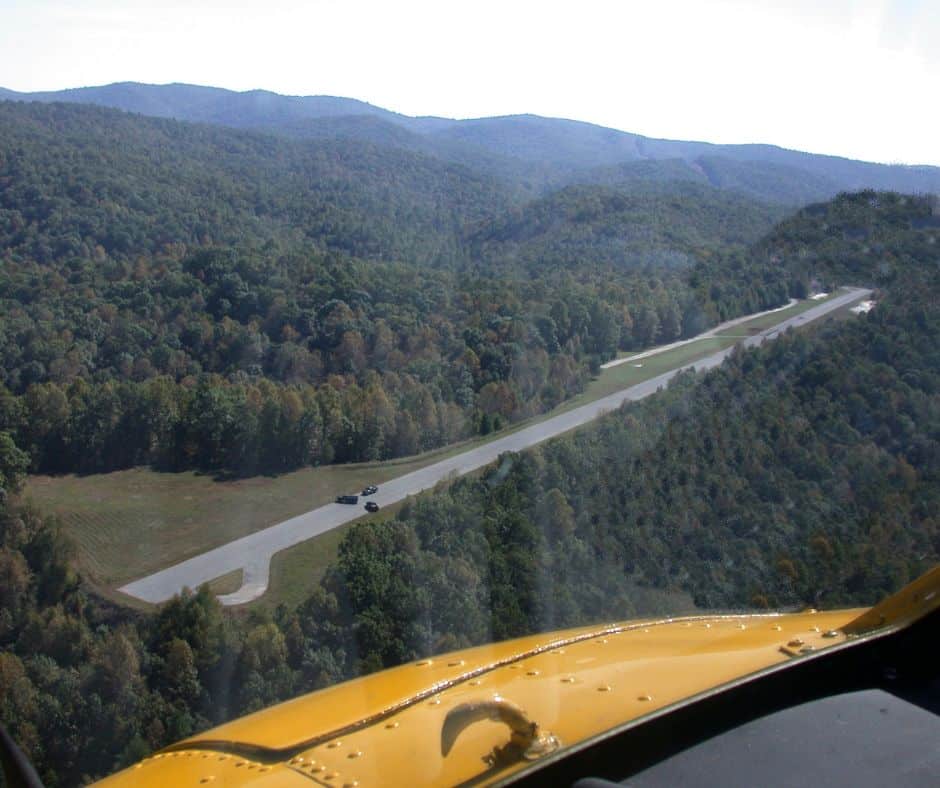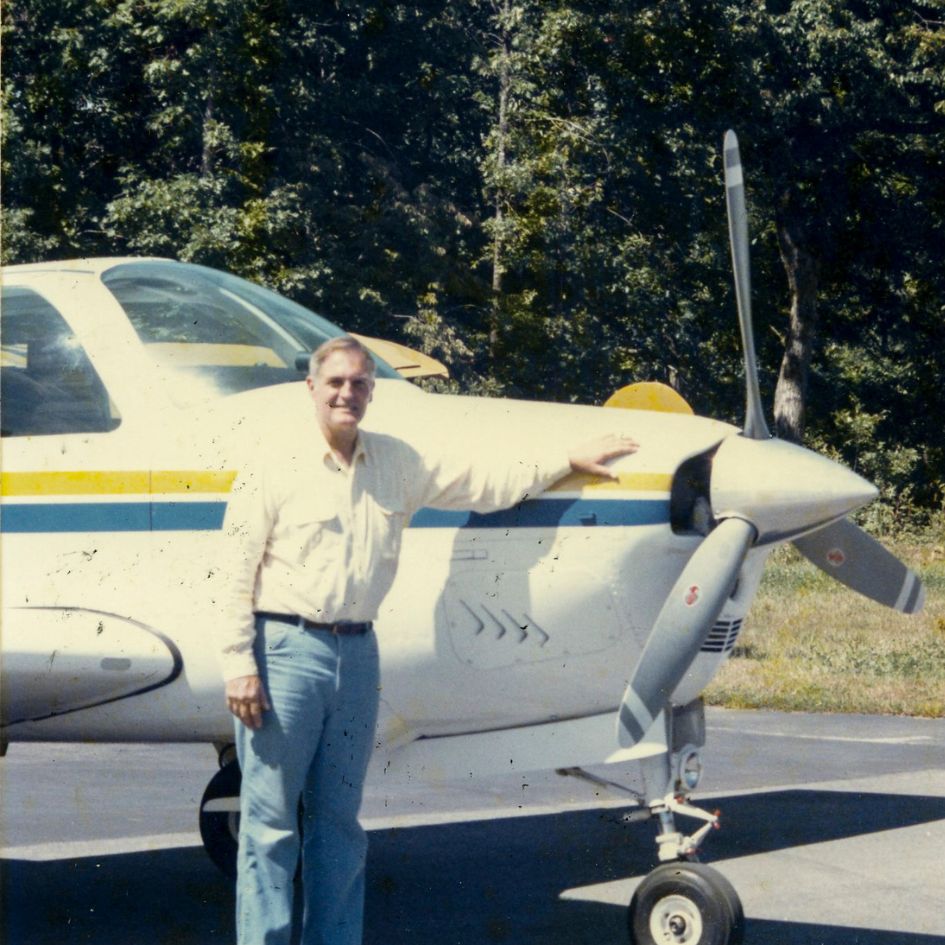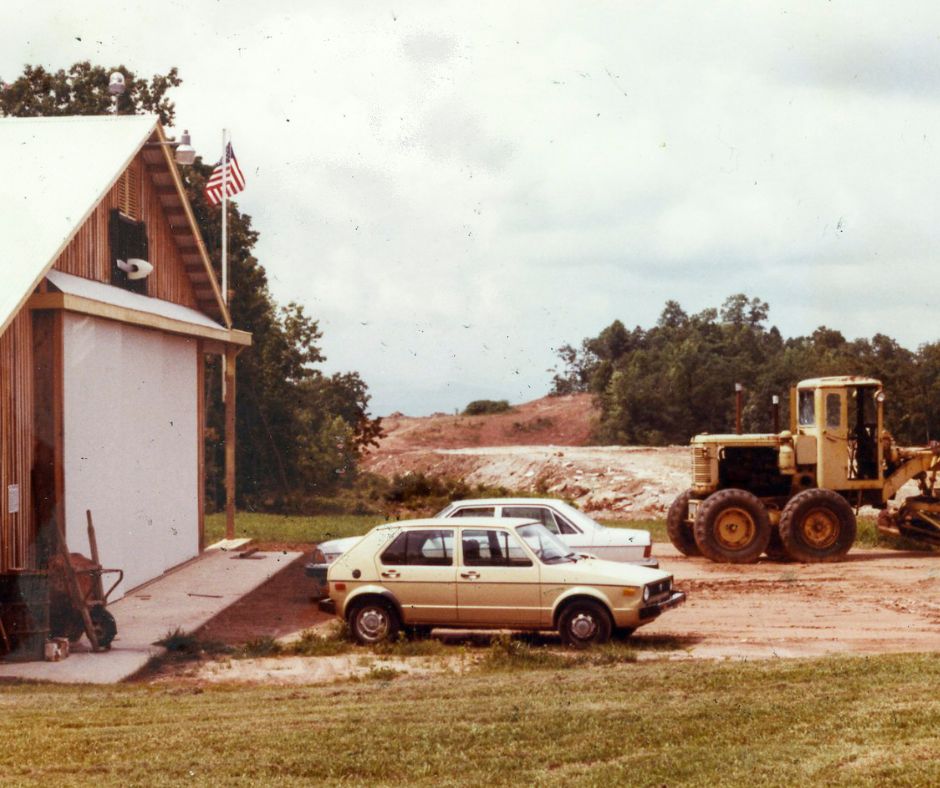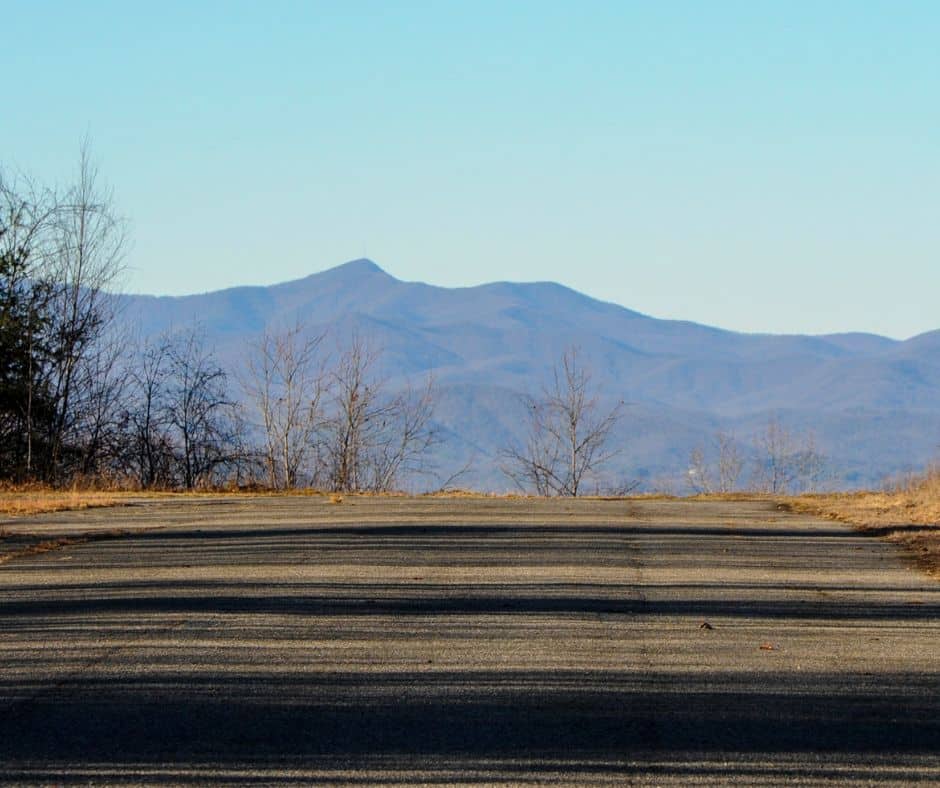
By Kent Wilcox
Originally published in April 2015
In the fall of 1967 Ben Cart purchased more than 1400 acres in Cedar Mountain, NC from private landowners and the DuPont Corporation. The mostly forested land, locally referred to as Buck Forest, encompassed portions of the watersheds of the Little River and Reasonover Creak and was adjacent to a large tract of more than 6000 acres owned by the DuPont Corporation. Soon thereafter, Mr. Cart built a dam on Reasonover Creek to create a lake. Called Lake Julia, it became the centerpiece for two summer camps, one for boys and one for girls, called Summit Camps. By the mid 1970’s youth from 25 states and several foreign counties were enjoying their summer vacations at Summit Camps.
During the off season Mr. Cart traveled extensively around the country to promote Summit Camps. He gave presentations and met with parents and their children at expositions sponsored by youth camping associations. Three of Mr. Cart’s children had a private pilot licenses and encouraged their father to obtain the same. Mr. Cart attended ground school at Blue Ridge Community College, obtained his pilot license and purchased a Beechcraft Bonanza airplane to use for business and pleasure.

To make his frequent traveling more convenient, he built a runway and hangar at Summit Camps. Both are still highly visible landmarks in DuPont Forest.
Mr. Cart recruited local friends to assist in the construction of the airstrip, which began in 1975 and completed in 1979. His business partner, Dick Garren, helped with the engineering phase. Mr. Garren also built a house on the east side of the airstrip where he lived while he worked at Summit Camps.
Ron Hubbard from Hubbard Granding in Pisgah Forest, NC oversaw the grading operations. Mr. Hubbard and his crew, including Ben Cart and Dick Garren, used heavy equipment such as bulldozers and scrapers to carve through a large hill at the south end of the runway and level a smaller hill at the north end of the runway. These hills were composed mostly of soil and loose rock but the removal of the last layers required dynamite. For this task Mr. Cart hired a professional who lived in a tiny trailer for six months near the north end of the runway while blasting rock. The contents of the two hills were sufficient to create a level foundation for the entire runway. On more than one occasion a truck or bulldozer slipped down the steep slope on the west side of the airstrip and had to be hauled up by a winch. The three year project left a legacy of worn out equipment that is slowly rusting and rotting about in DuPont Forest.

The asphalt-paved Summit Airstrip is 2800 feel long and 40 feet wide with a bearing of 340 degrees NW. This is exactly the same bearing as the Asheville Airport runway, which, for comparison, is 8000 feet long and 150 feet wide. The iconic view of Mt. Pisgah from the north end of the runway is purely coincidental.
Although the Summit Airstrip was intended for private use only it was listed on FAA charts and could be used for emergency landings. Mr. Cart installed lights for night landings but after a few attempts he decided night landings were too risky due to inadequate lighting and frequent fog. Night landings were banned after the lights were removed but Mr. Cart continued to use Summit Airstrip for night departures. Aircraft fuel was available on site from a 5000 gallon aviation refueler truck. The airstrip was frequently used by Mr. Cart, his family and friends, and his parents who brought their children to Summit Camps in single and twin-engine planes.


In the mid 1980s Mr. Cart decided to close the Summit Camps and sell his properties. At the time the DuPont Corporation, located immediately west of Summit Camps, was using the Little River to supply water for its employees and the production of X-ray film. One consequence of amendments to the Clean Water Act of 1987 was that the Little River could not be used for drinking water when local rains increased the turbidity above permissible levels. In addition, increased nitrate levels in the Little River from fertilizers used by farms, homes, and a golf course upstream of the DuPont plant were causing blemishes in the X-ray film. The plant manager decided that the solution to these problems was to purchase the portion of Summit Camps that included Lake Julia and use the lake water for drinking and film production. In 1990 DuPont hired Kit Garren to drive a film crew around Mr. Cart’s property as they documented the importance of Lake Julia and the surrounding watershed. The resulting video must have been effective because in 1991 the DuPont Corporation purchased all 1400 acres Mr. Cart purchased in 1987 including Lake Julia, the facilities of Summit Camps, and the Summit Airstrip.